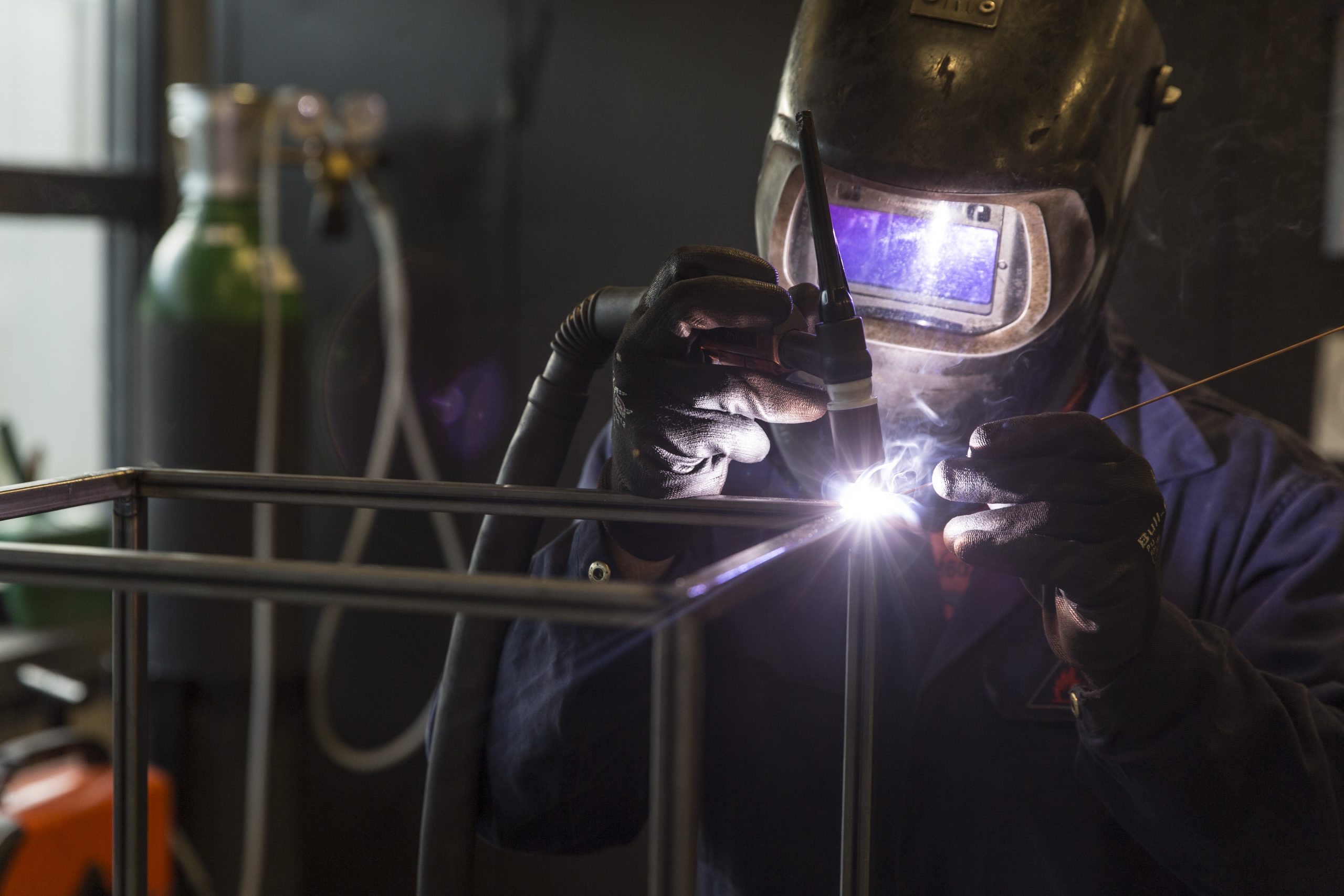
Jun
2020
Life in prison at the time of COVID-19. What impact has the pandemic had on conditions in Italian prisons?
Sadly, Covid-19 knows no boundaries and, as was to be foreseen, it found its way into prisons across Europe. We asked Perla Allegri to give us a brief overview of the situation across Europe. Perla Allegri is a researcher at the Fundamental Rights Laboratory of the Collegio Carlo Alberto in Turin, which aims to examine the issues relating to the lived reality in Italy against a European and international framework. An expert in penitentiary subjects, Allegri has a PhD in Rights and Institutions and she is a sociologist of law and deviance.
In Italy, the first cases in prisons were confirmed in mid-March. According to the National Preventive Mechanism (NPM) for the rights of persons deprived of their liberty, by mid-May, there were a total of 119 cases among inmates, two of whom had been hospitalised, and 162 cases among prison staff. There was also a total of 8 deaths: 4 inmates and 4 prison staff (2 guards and 2 doctors). The situation has been very uneven across the country. In most prison institutions, there were no cases. Most cases were concentrated in a small number of prisons, like in Verona, for example, where there were 29 reported cases and in Turin, where there were 67. The situation has been similar in other European countries. In France, in early May, there were a total of 118 reported cases among inmates and 292 cases among prison staff. In Spain, by mid-May there were 60 cases among prisoners and 318 among prison staff. respectively. In the USA, the situation was far worse with 29,814 reported cases among inmates, 415 of whom had died, and 9,231 among prison staff, 38 of whom had died.
In order to avoid prisons becoming hotbeds of infection, many European countries have introduced containment measures including the reduction in the number of detainees. To date, according to the NPM, Italy has released around 2,200 prisoners into house arrest, with an electronic tag. Taking into account the fall in the number of new arrests during the pandemic, this has contributed to reducing the number of detainees by about 6,000 to a total of 54.421. By comparison, France has managed to reduce the total number of detainees by 10,000.
In order to get a further insight into the current situation in prison institutions from a rights-based point of view, we asked Perla Allegri to interview Vladimiro Zagrebelsky on behalf of CUP. Vladimiro Zagrebelsky, former judge of the European Court of Human Rights, since 2010 has been the Director of the Fundamental Rights Laboratory.
Have the measures introduced in Italy not gone far enough? What else could have been done (and could still be done) to reduce overcrowding in Italian prisons?
“At this time of great risk to public health, when emergency measures are being taken by national and regional authorities, certain general considerations with regard to the health of prisoners ought to be taken into account. I am particularly referring to the State’s duty of care towards protecting the health of detainees. As well as negative rights, aimed at not endangering people’s health, the State has positive rights to ensure that health can be maintained or recovered if lost. The right to health – the right to the best state of physical and mental well-being that a person is able to achieve – applies to all individuals but it is also in the interest of the community as a whole (art.32 of the Italian Constitution). This may sound obvious, based on the Italian Constitution and in line with international agreements that Italy is a signatory to. I am referring in particular to Comment n.14 drafted by the UN Committee to accompany art.12 of the International Covenant on Economic, Social and Cultural Rights. This seminal document illustrates the vast array of a State’s duties with regard to the issue of social determinants of health. This relates to the necessary preconditions that a State must guarantee in order to uphold the right to health including access to a healthy environment, access to drinking water, adequate food, access to health services and information etc. What I have said might seem far too general and premised upon abstract principles. Yet, it is specifically relevant to the situation of any individual who is detained in a prison institution by the State. With regard to the right to health (that the Constitution considers to be “fundamental”), the fact that an individual is in prison not of their own free will but because the State has legitimately appropriated their body, does not change the spirit of the right, in fact, it strengthens the State’s duty of care rather than diminish it. This duty primarily relates to health services but also to the preconditions for well-being, as I mentioned before. On this basis, the answer to your question is simple. The very fact of being detained forces the individual to live in an unhealthy environment primarily due to overcrowding, even if the other conditions were to be met. The virus, and the pandemic it has unleashed, have found the ideal the breeding ground among prison populations, in institutions where health structures and services lack the necessary resources to tackle its impact. It could be argued that even free citizens have not been sufficiently cared for by the State (e.g. preventing the spread of the virus and providing adequate care for the infected). Yet, prisoners have been exposed to a far greater risk as a result of detention measures that the State has taken towards them, as I’ve explained. It also has to be said that the prison environment is dangerous for prison staff and all others who work in prisons.”
Although precautionary measures have been taken inside the prisons (the use of facemasks, gloves, sanitising gels), it is widely known that communicable diseases have always been a problem in prison settings where overcrowding and poor hygiene conditions create a perfect breeding ground for viruses. How can the right to health of detainees be upheld in a closed environment where it is near impossible to implement social distancing?
“It isn’t possible. This is why reducing the number of detainees crowding prison cells and common areas is absolutely essential. But a distinction should be made between general measures and specific interventions taken towards individual detainees if and when they are infected (i.e. hospitalisation, suspending their sentence). It is undoubted that prison overcrowding, which in many cases results in living conditions that the European Court of Human Rights has labelled as inhumane, has made the containment of the virus and its treatment far more challenging, if not impossible. This has not only been the case in Italy, of course. Many European countries, as well as Turkey, Iran and the United States have introduced unprecedented measures for the early release of prisoners, although these countries are not exactly known for their magnanimity. These interventions have been implemented through administrative measures or judicial decisions emanating from specific judicial policies such as that recently proposed in Italy by the Attorney General of the Supreme Court. Yet, the measures introduced by the Italian Government and the Parliament have not gone far enough. Many more detainees who were close to the end of their sentence should have been released, helping to improve the management of the public health emergency.”


